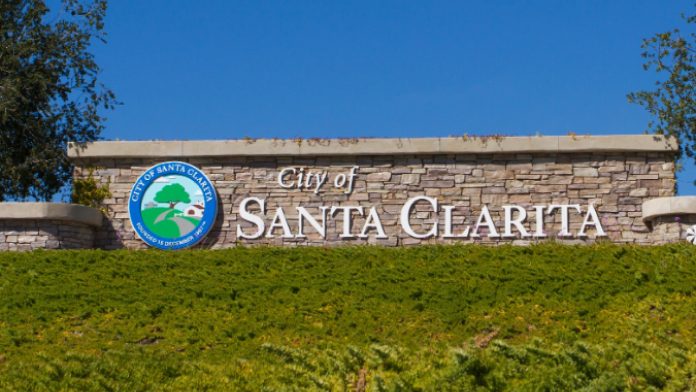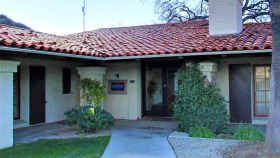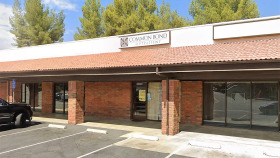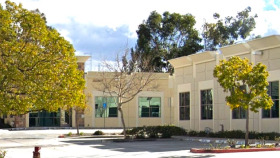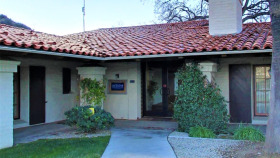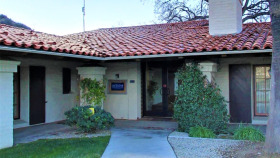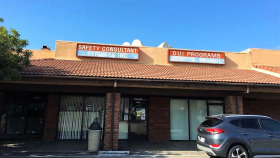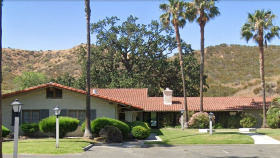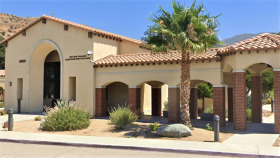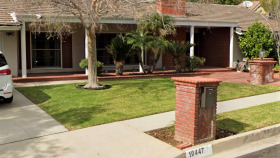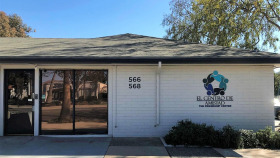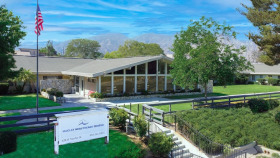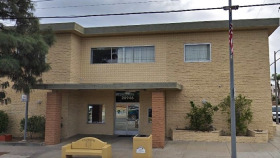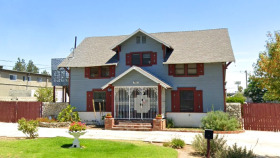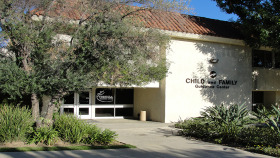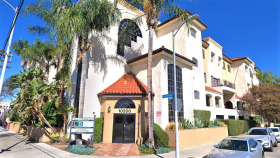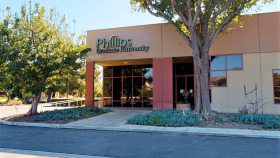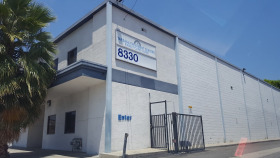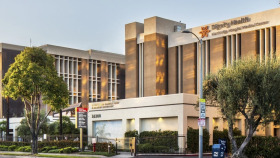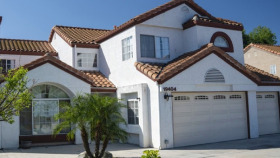Expert Insights
One of the biggest problems California and Santa Clarita face currently is the drug overdose epidemic. In fact, California has been among the worst states in the nation for addiction, and the rise of fentanyl secretly being combined with other drugs has been a recipe for disaster. But an unexpected result of this deadly trend is the growing problem of teen suicide and the connection it undoubtedly has with addiction. Suicide is also one of the largest causes of death among people who abuse drugs. and where there are high rates of drug abuse, there are also high rates of suicide and suicidal ideation. Unfortunately this has become a problem among California youth more so than adults. I believe we have to take drastic actions in order to put an end to the rising numbers of youth who abuse drugs and, as a result, either attempt or succeed in committing suicide. This is a trend we cannot allow to continue.
~ Natalie Baker
How Expensive is Drug Rehab in Santa Clarita?
The cost of Santa Clarita drug or alcohol rehab can vary. The cost can vary depending on the program you select and the following factors:3
Is it inpatient versus outpatient (treatment setting)?
Does the location offer amenities and features (upscale offerings)?
How long is the program (duration)?
Who will fund treatment (government, private pay, insurance)?
Is the facility on the waterfront, in the mountains, or urban (location)?
Usually, inpatient Santa Clarita drug and alcohol rehab is more costly than outpatient since there will be room and board expenses associated with your treatment. Some drug and alcohol rehabs in Santa Clarita also have more upscale offerings and amenities than others, such as private rooms, massage therapy, and spa treatments. These would also tend to have a higher price tag than a standard treatment if you chose them.
How Does Santa Clarita Compare in Alcohol and Drug Use?
Options for drug rehab in Santa Clarita, CA, are plentiful. Santa Clarita drug and alcohol options include upscale amenities and holistic treatment approaches, and there are also more standard, low-cost options. So, no matter what type of treatment you are looking for, there’s a drug rehab and alcohol rehab in Santa Clarita for you.
Statistics from 2019-2020 show that of those aged 12 or older, estimated figures include:1

Past month illicit drug use: 5,391 individuals

Past year marijuana use: 7,133 individuals

Past month marijuana use: 4,798 individuals

Past month illicit drug use other than marijuana: 1,279 individuals
Estimated alcohol statistics from 2019-2020 show that those aged 12 or older:1
While these statistics cover some prevalence data within the state of California, Santa Clarita has a population of 224,593 people, and a number of those individuals have taken advantage of entering drug and alcohol treatment in Santa Clarita. This is good news in that it means people are seeking help and receiving treatment.2
Drug and Alcohol Laws in Santa Clarita, CA
One of the main reasons accidental drug and alcohol overdoses are not reported or 911 isn’t contacted by witnesses is fear of police involvement and arrest. A Good Samaritan Reporting Law exists in California and would apply to you if you lived in or sought treatment at a Santa Clarita drug and alcohol rehab.12
California’s 911 Good Samaritan Law: This law is designed to encourage you to call 911 if you need medical care or if you know of someone who needs medical care because of an overdose. It provides limited protection from arrest, charge, and/or prosecution for low-level drug violations. 12
Law Enforcement Assistance Diversion (LEAD): LEAD was started in November 2017 by the Office of Diversion and Reentry (ODR). Its goal is to reduce criminal justice interaction for those who need treatment because of misuse and/or overuse of alcohol and illicit substances. It utilizes a harm reduction model and connects you with evidence-based practices to help you with your recovery process.
In other words, LEAD is a pre-arrest, community-based diversion program. It would strive to divert you from the criminal justice system if you have repeated low-level drug-related offenses. For example, when you have early contact with law enforcement, you would relate to case management and social services instead of prosecution and potential subsequent incarceration time. Research shows that LEAD participants had a 58% less arrest rate than those who did not choose a diversion option and went through the standard criminal justice processing. 14
The Overdose Education and Naloxone Distribution (OEND): June 2019 marked the beginning of OEND by ODR. Its primary purpose is to lower the number of deaths related to opioid overdose by providing prevention education and training. If you are likely to be at the scene of an overdose and can respond, or if you are at risk of opioid overdose yourself, you would be eligible for OEND services.
OEND is also integral in helping you access free naloxone kits and harm reduction supplies. It provides technical assistance by teaching how to use the kits appropriately. Additionally, OEND runs naloxone access points (NAPs) where you can obtain naloxone refills or further distribution (if you need more naloxone), and you can seek help with overdose prevention and response training. You may also get a referral or be pointed in the right direction as to where to start if you are seeking treatment or to have a lifestyle change.
Resources
- Substance Abuse and Mental Health Administration. (2021, December 13). 2019-2020 NSDUH State-Specific Tables, California.
- United States Census Bureau. (2021). QuickFacts Santa Clarita City, California.
- Findtreatment.gov. (2019). Paying for Treatment.
- City of Santa Clarita. (n.d.). Community Services.
- Findtreatment.gov. (n.d.). Find a Treatment Facility Near You.
- Medicare.gov. (n.d.) Get started with Medicare.
- Medicaid.gov. (n.d.). Medicaid & CHIP in Colorado. California | Medicaid.gov
- Substance Abuse: Clinical Issues in Intensive Outpatient Treatment. Treatment Improvement Protocol (TIP) Series, No. 47. Center for Substance Abuse Treatment. Rockville (MD): Substance Abuse and Mental Health Services Administration (US); 2016.
- Provider’s Clinical Support System (2017). MAT Training for Medication Assisted Treatment.
- Substance Abuse and Mental Health Services Administration (US). Facing Addiction in America: The Surgeon General’s Report on Alcohol, Drugs, and Health [Internet]. Office of the Surgeon General (US). Washington (DC): US Department of Health and Human Services; 2016 Nov.
- City of Santa Clarita. (n.d.). City Parks and Facilities.
- California Legislative Information. (2012). AB-472 Controlled Substances: Overdose: Punishment.
- California Legislative Information. (n.d.). Health and Safety Code- – HSC.
- Health Services Los Angeles County. (2019). Harm Reduction and Community-Based Diversion.

